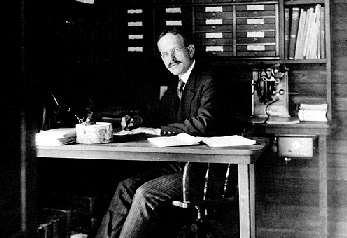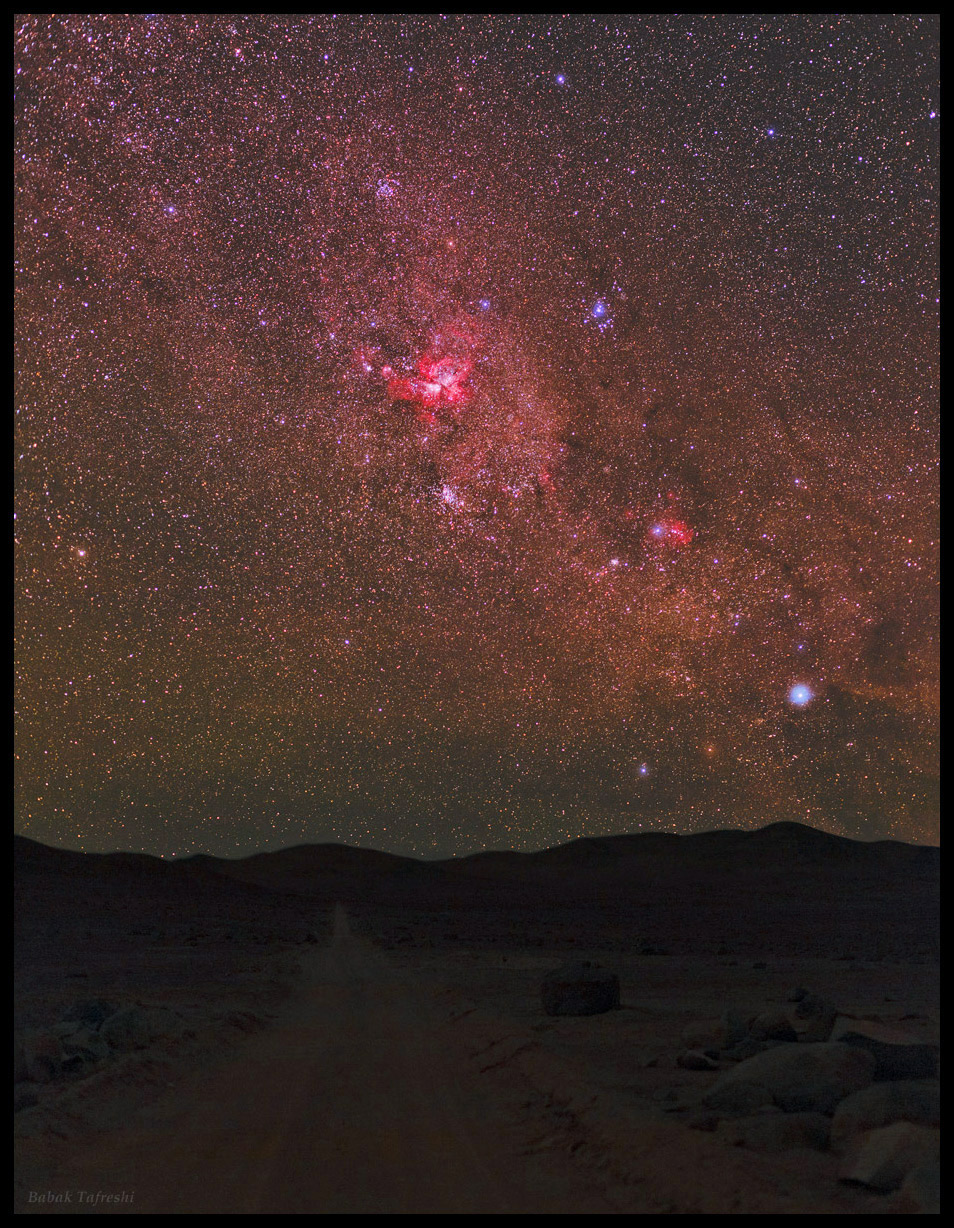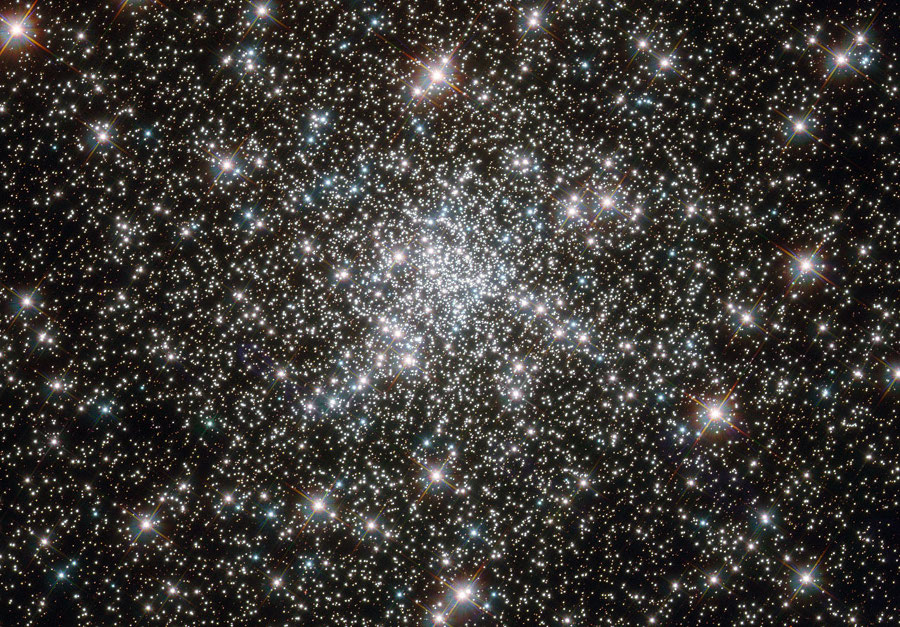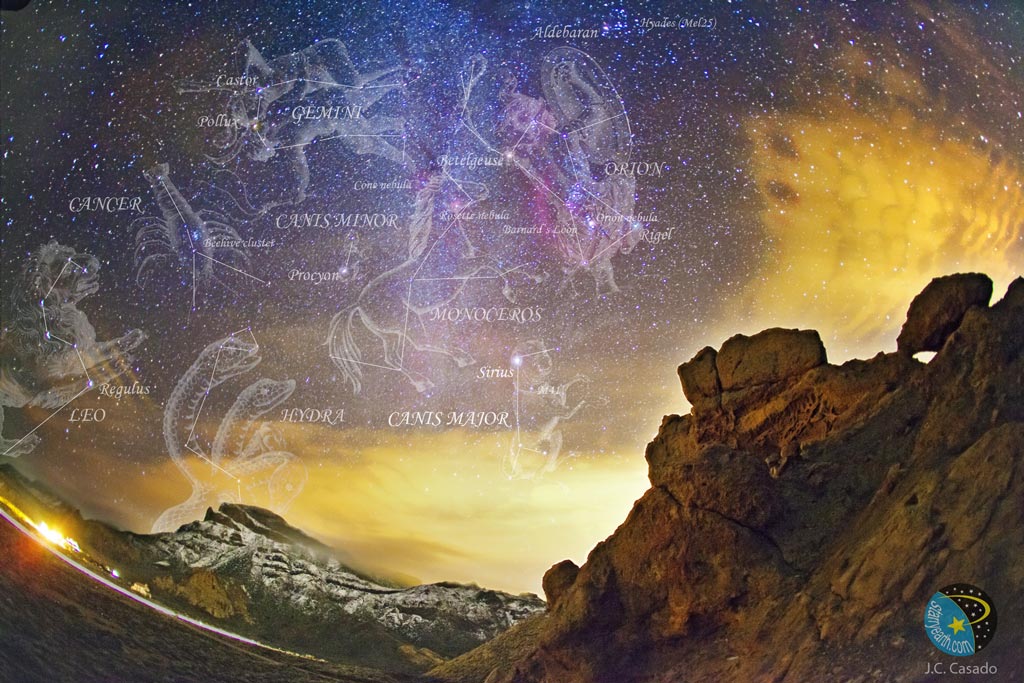Hale was Born in Chicago in 1868 and graduated from the Massachusestts Insitute of Technology. in 1891, he introduced the spectroheliograph, an instrument that enables astronomers to photograph the surface of the sun with light of a single wavelength. Photographs made with a spectroheliograph reveal the distribution on the sun's surface of such elements as calcium, hydrogen, and iron. Hale also made important discoveries about sunspots. For example, he proved that these dark areas on the sun have strong magnetic fields. In 1895, Hale, along with Joseph Keeler, founded the Astrophysical Journal, which became the leading journal for astronmers. Hale founded and served as first director of the Yerkes Observatory in Wisconsin and , later, the Mount Wilson Observatory in California. Hale retried as editor of the Astrophysical Journal in 1934, and died in 1938.

A spectroheliography of the Sun at 195 angstroms, the color of iron.



